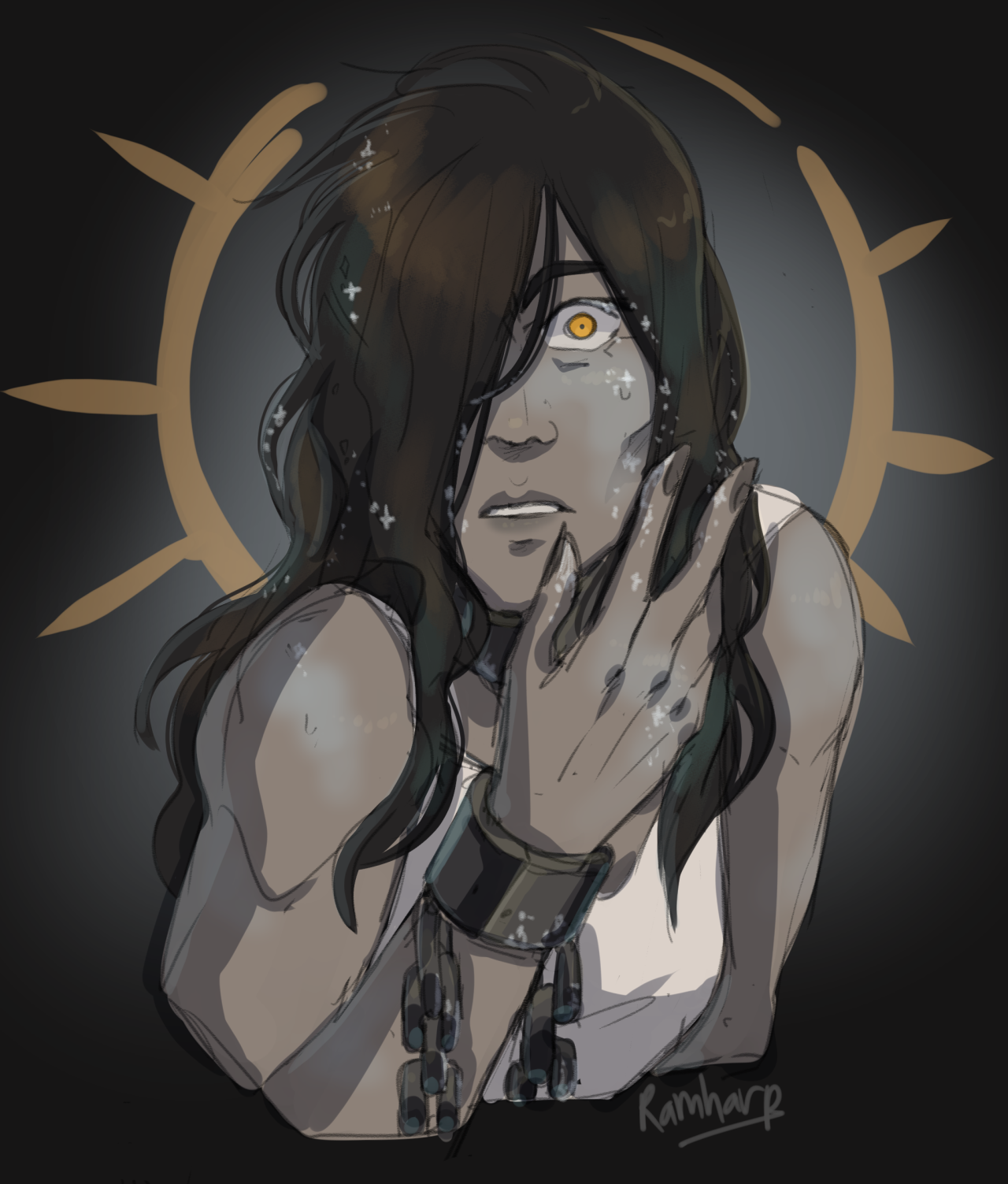


Right off the bat, the usual dramatis personae is replaced by a guest list for Nona’s upcoming birthday party, celebrating the six months she’s been alive and living with two not-quite lyctors: Camilla Hect-precariously sharing her body with Palamedes Sextus-and Pyrrha Dve.

Nona the Ninth’s greatest strength lies in its willingness to attempt to tell a story that has accrued cosmic consequences on an entirely smaller scale. Instead, Nona the Ninth sees Muir raze the byzantine world she has created over the previous two books to bring her readers back to something like earth. The question “Who is Nona?” has fueled speculation since the third installment was announced, but it perhaps shouldn’t come as a surprise that this particular query remains, to an extent, unanswered. When the second book ended with Gideon dying-yet again-and a mysterious girl waking seemingly in her place, Muir once more signaled her refusal to deliver anything approaching narrative catharsis. Nona the Ninth once again pulls the rug out from beneath our feet, taking the kind of unexpected risks we’ve come to expect from the series in order to tell a very different kind of story-at least initially.įor all that the Locked Tomb series might be characterized by its dizzying perspectival shifts and bewildering plot technicalities, the star-crossed relationship between Gideon Nav and Harrowhark Nonagesimus provided its beating heart. Rather than delivering more of the same, its sequel Harrow the Ninth instead reads like Douglas Adams-meets- Girl-Interrupted, gleefully refusing to bury its gays but utterly game to put them through all kinds of hell. Gideon blessed unsuspecting readers with an interstellar locked-room mystery packed with characters wielding swords nearly as long as their names, fueled by an enemies-to-lovers romance between a high-strung necromancer and her butch bodyguard. Starting with her debut novel Gideon the Ninth, they have gleefully resisted comparison, even to other recent works queering sci-fi narrative expectations (Yoon Ha Lee’s Machineries of Empire trilogy and Arkady Martine’s Texicalaan novels come to mind). Yes, they feature lesbian necromancers in space, but this billing only just scratches the audacious surface of Muir’s books. As countless reviewers before me have observed, it is devilishly difficult to describe Tamsyn Muir’s Locked Tomb series to the uninitiated.


 0 kommentar(er)
0 kommentar(er)
